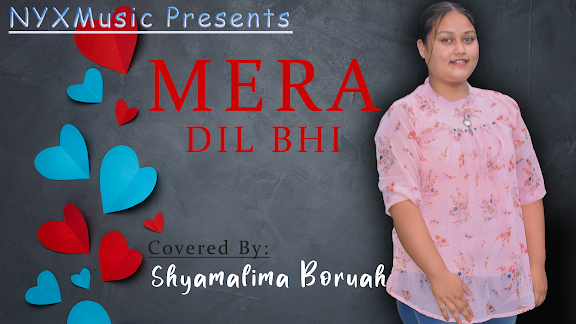Search....
One stop solution for all music production needs! Studio NYX is a Music Recording, Producing, Mixing and Mastering Studio equipped with State of The Art gears, Software and Plugins complemented by latest Music arranging and Mixing Techniques. Connect with us today to know more about our services!
Featured
- Get link
- X
- Other Apps
The Recording Studio
The Recording Studio
The business music studio is comprised of at least one acoustic spaces that are uncommonly planned and tuned to catch the most ideal sound on a recording medium. What's more, these offices are in many cases primarily confined to hold outside sounds back from going into the room and being recorded (as well as to hold inside sounds back from spilling out and upsetting the encompassing neighbors). Essentially, the main qualities that go into the making and ordinary functions of such an office include:
- A professional staff
- Professional equipment
- Professional, yet comfortable working environment
- Optimized acoustic and recording environment
- Optimized control room mixing environment.
Recording studio spaces shift in size, shape and acoustic plan and as a rule mirror the individual taste of the proprietor or are intended to oblige the music styles and creation needs of clients, as shown by the accompanying models:
- A studio that records a wide variety of music (ranging from classical to rock) might have a large main room with smaller, isolated rooms off to the side for unusually loud or soft instruments, vocals, etc.
- A studio designed for orchestral film scoring might be larger than other studio types. Such a studio will often have high ceilings to accommodate the large sound buildups that are often generated by a large the number of studio musicians.
- A studio used to produce audio for video, film dialogue, vocals and mixdown might consist of only a single, small recording space off the control room for overdub purposes.
Popular Posts
Shyamalima Boruah - Mera Dil Bhi Kitna Pagal Hain
- Get link
- X
- Other Apps

.png)
.png)

Comments
Post a Comment